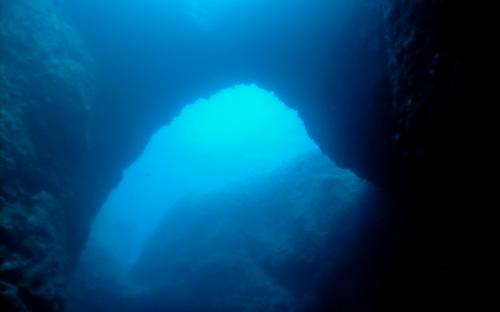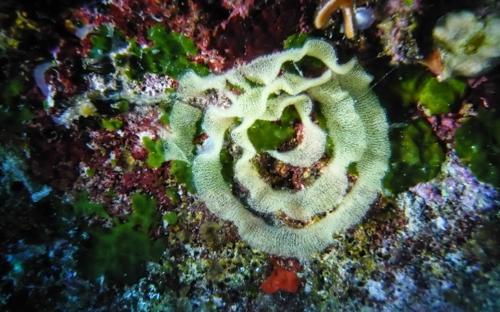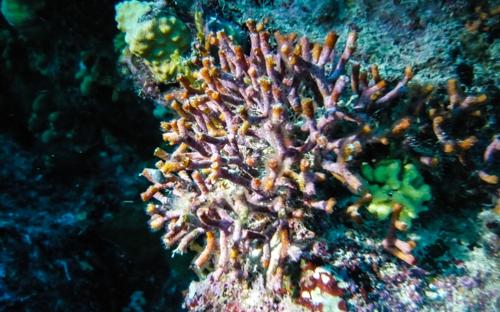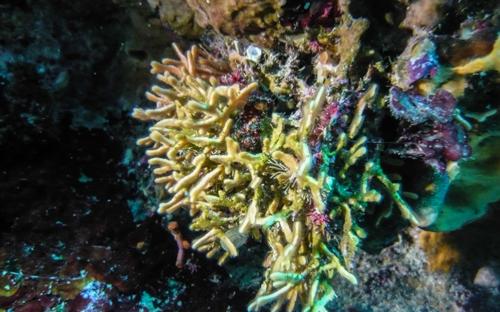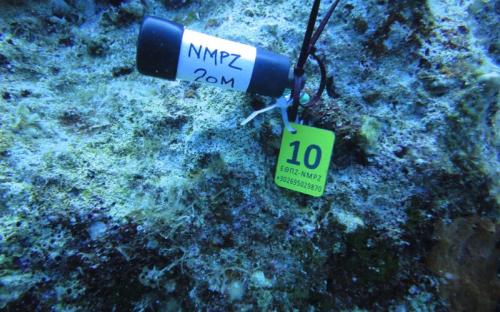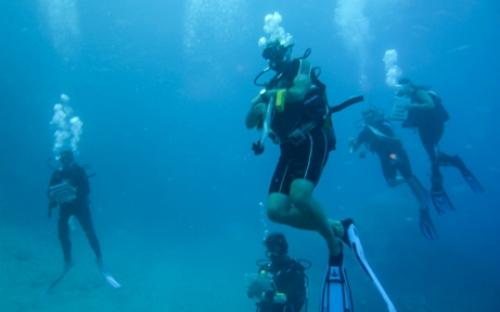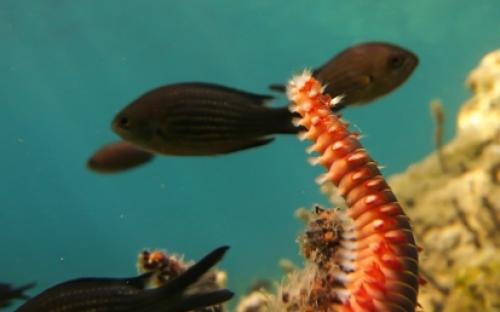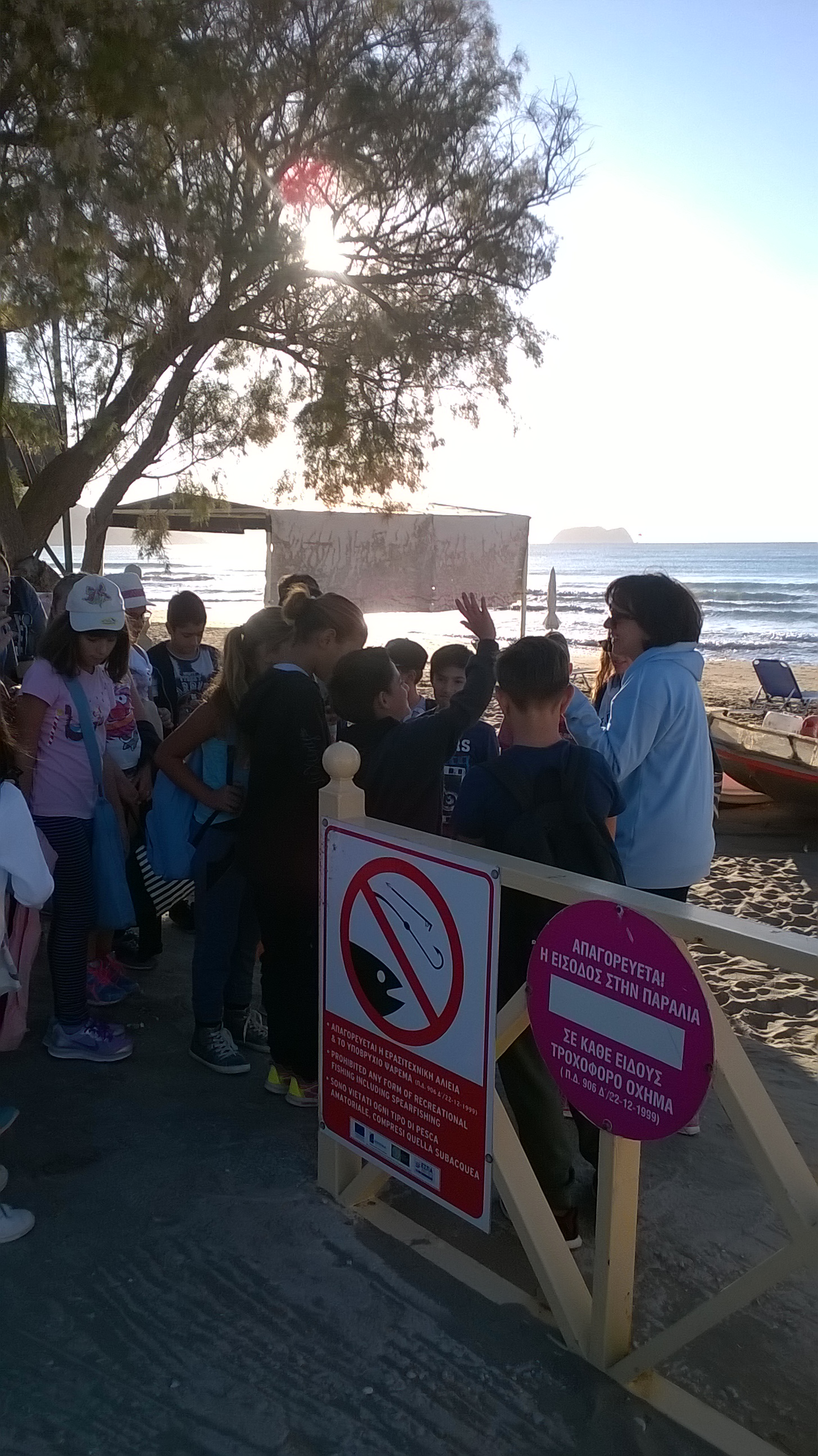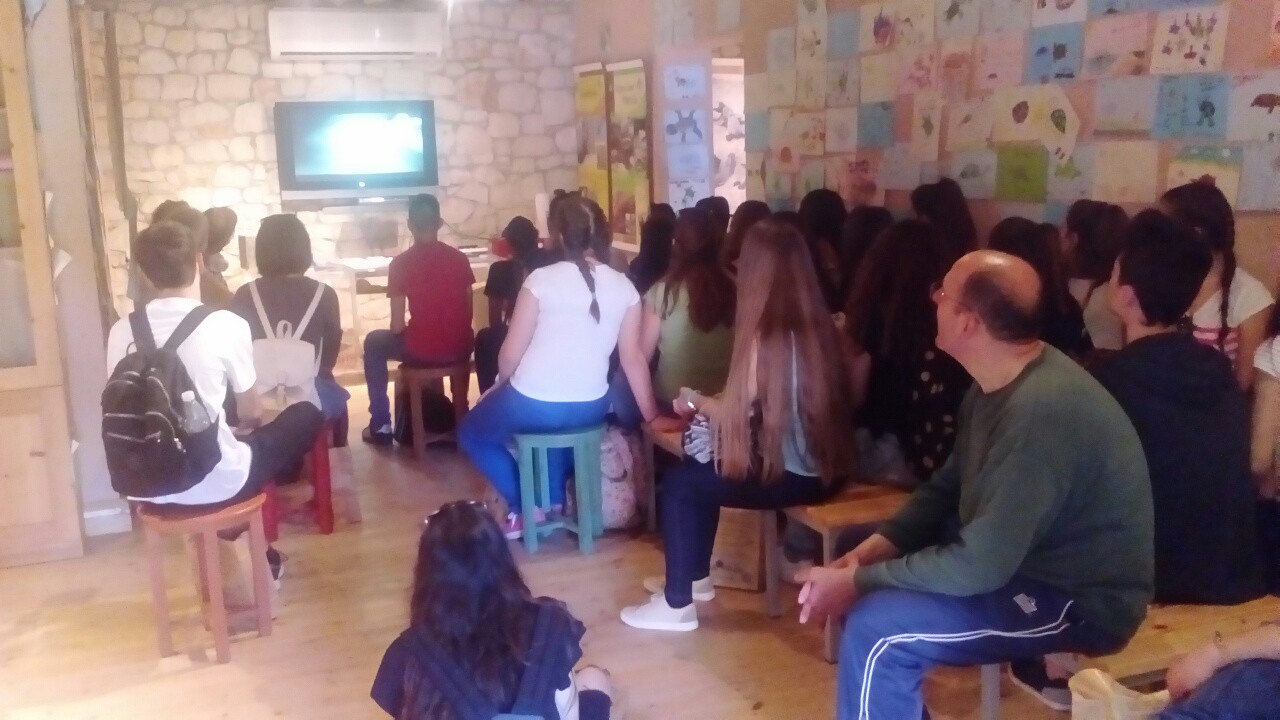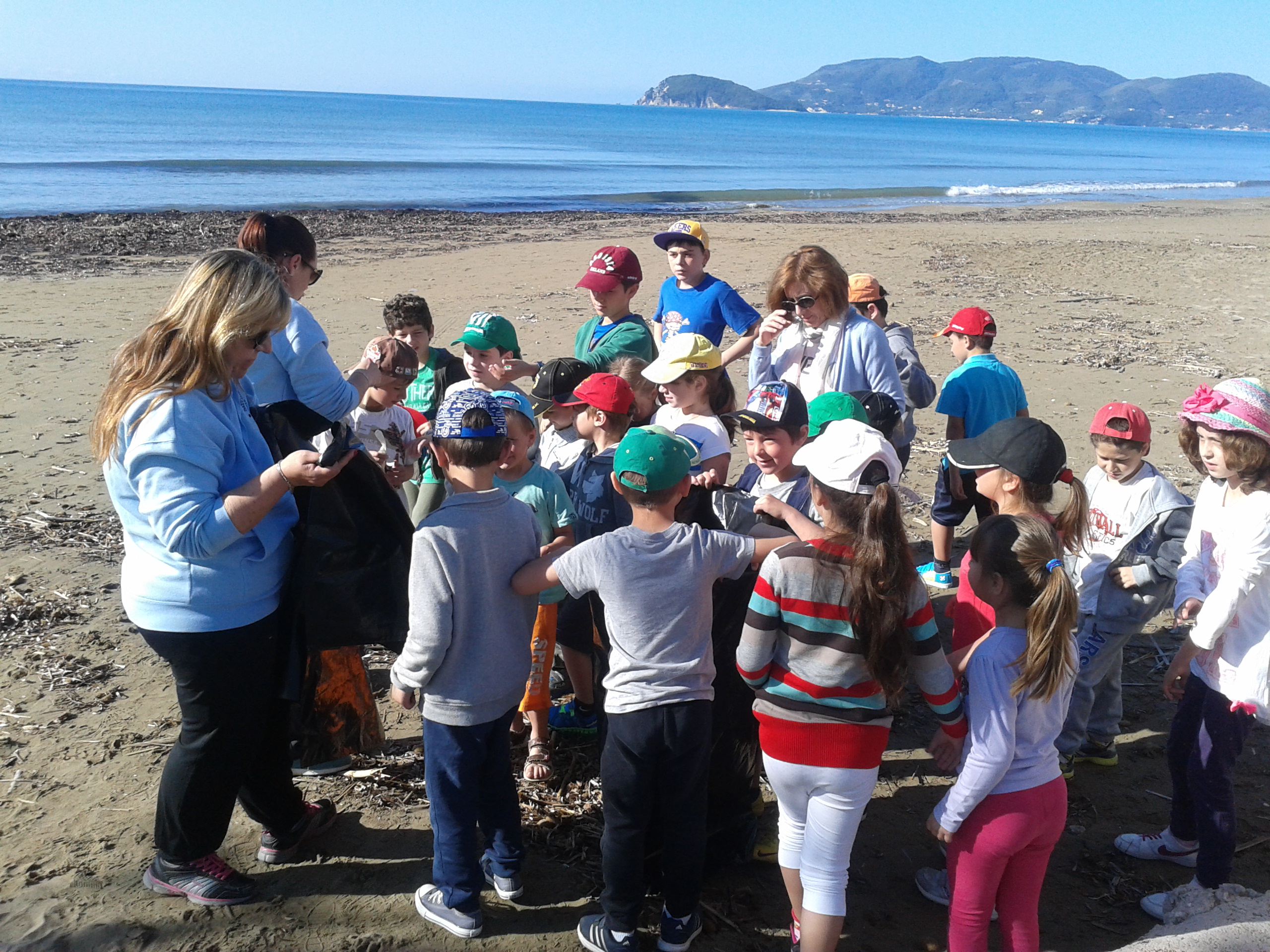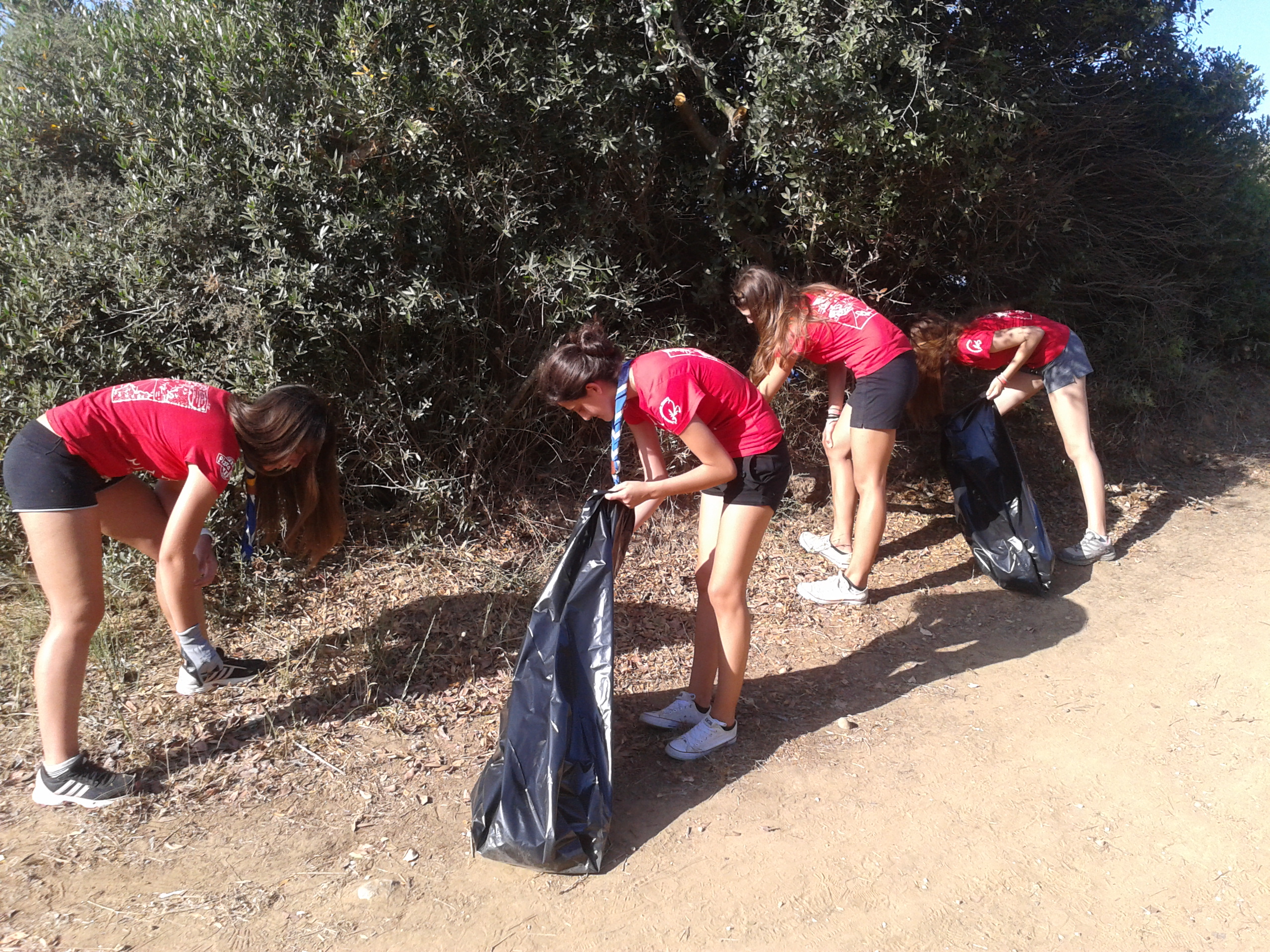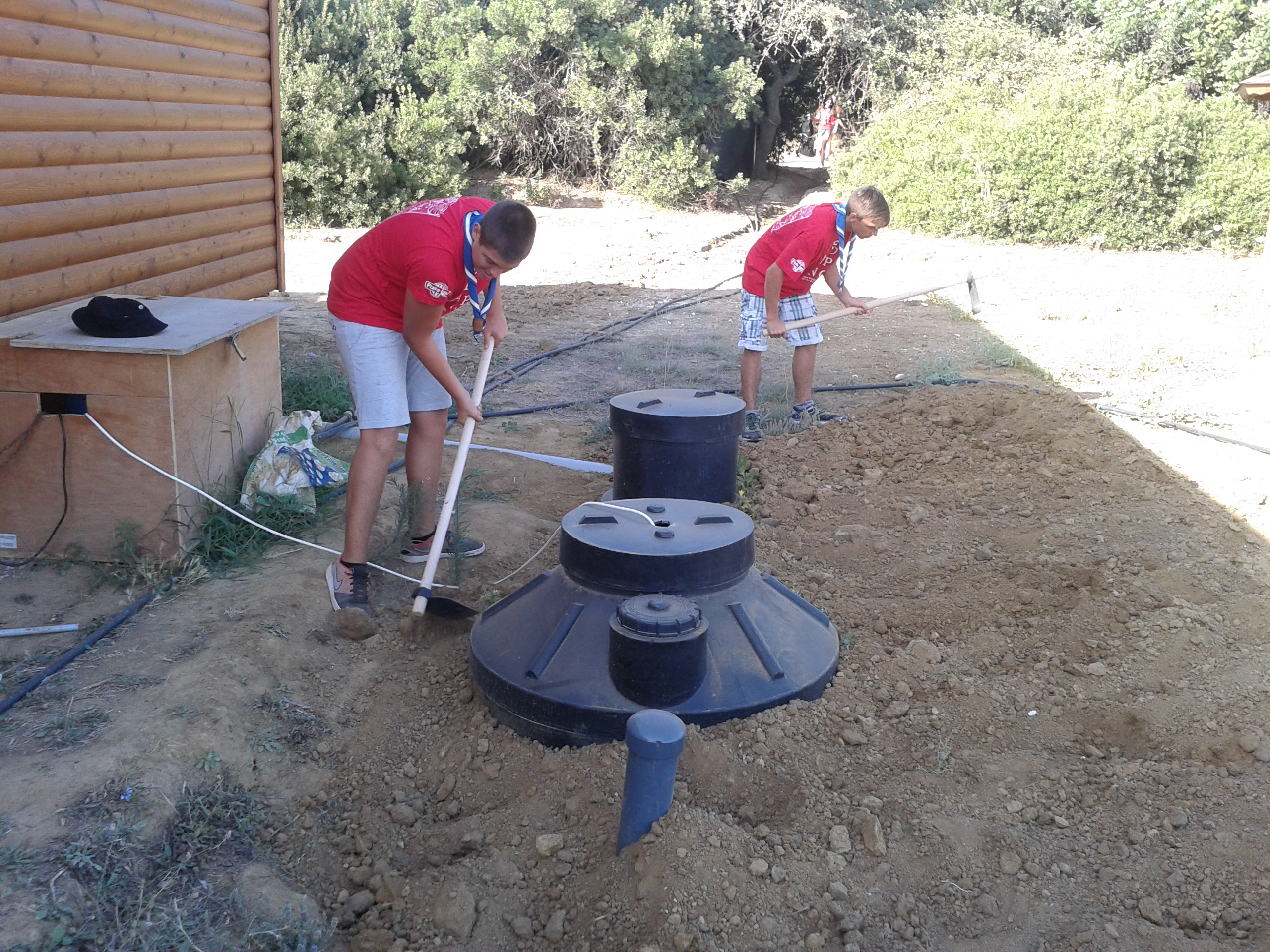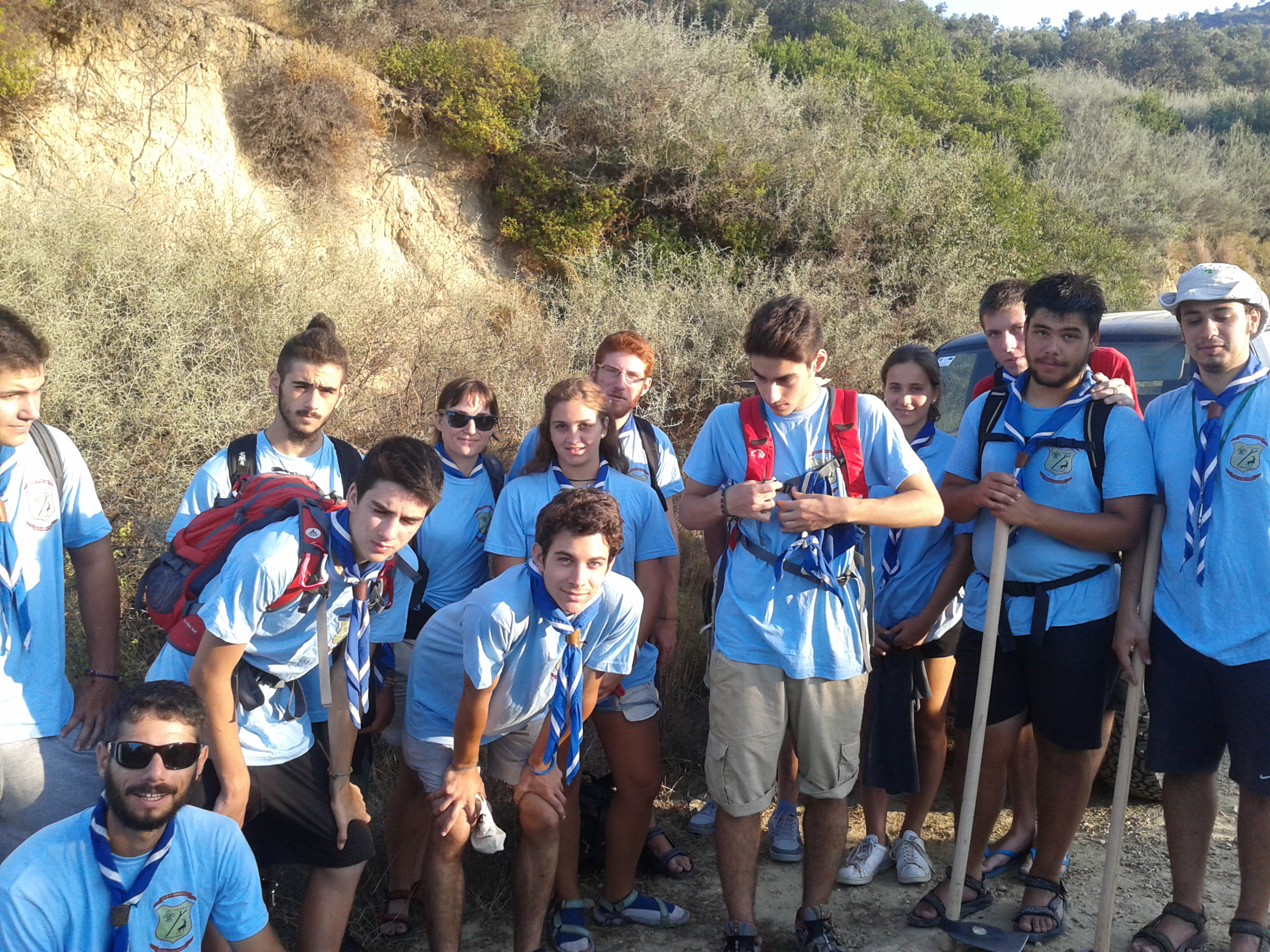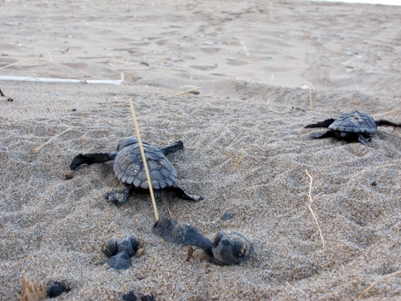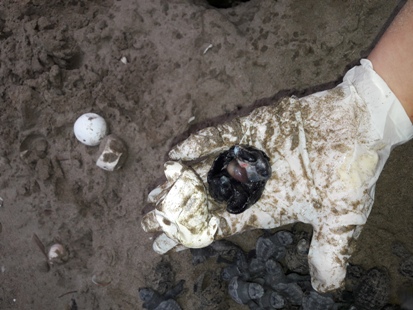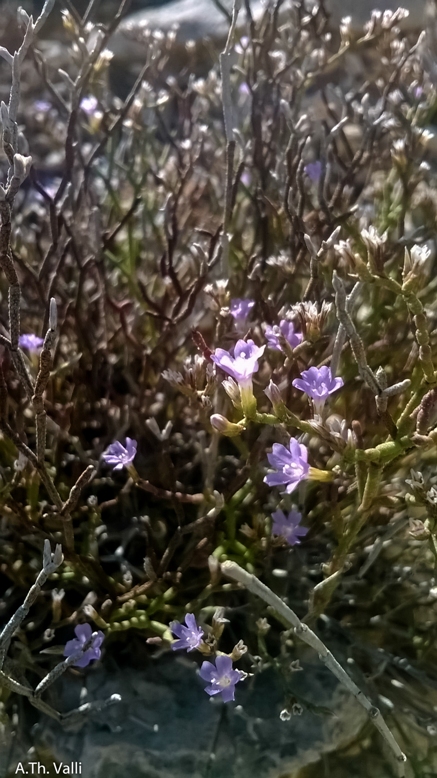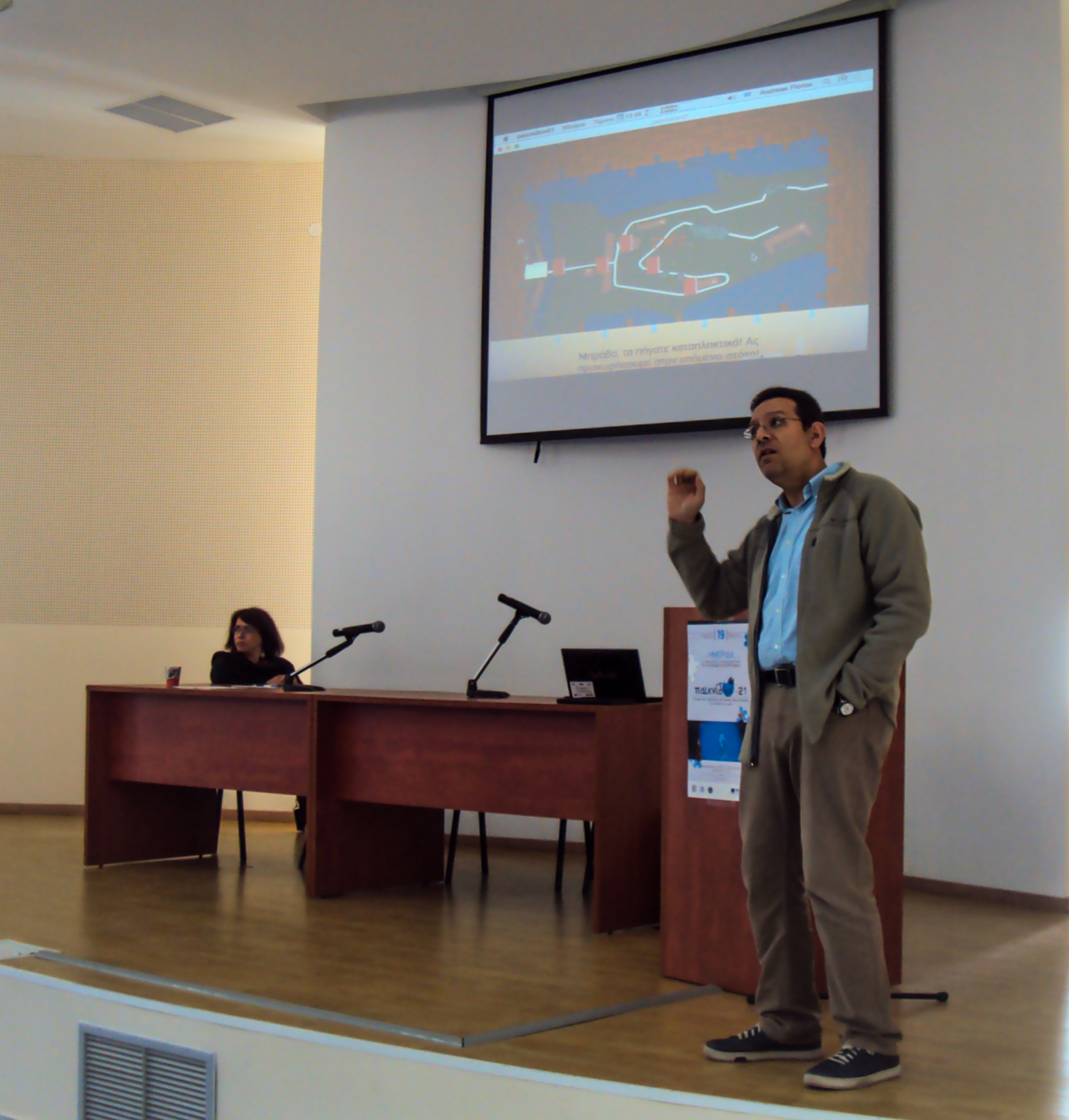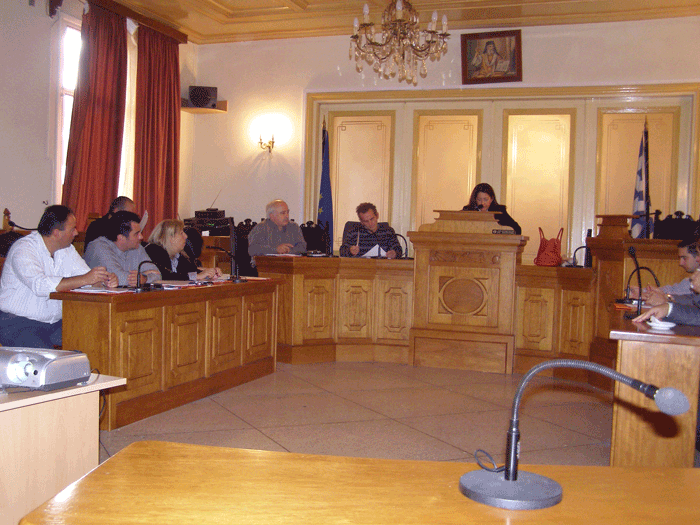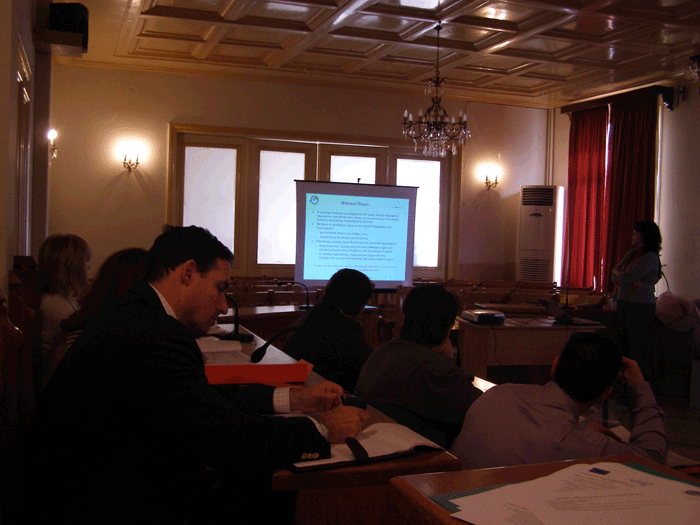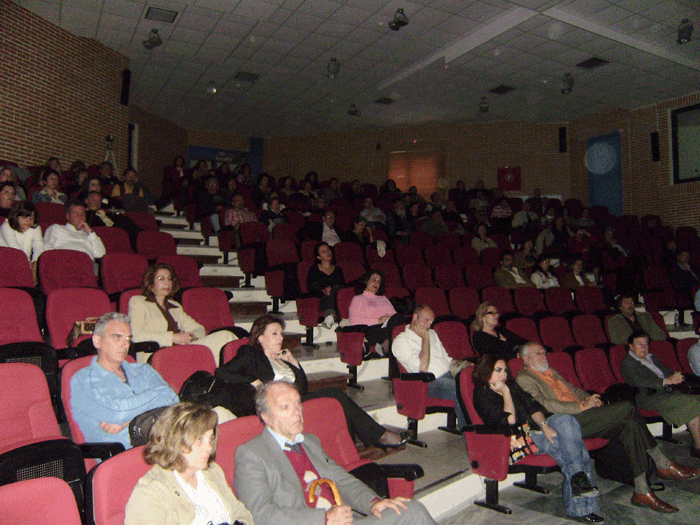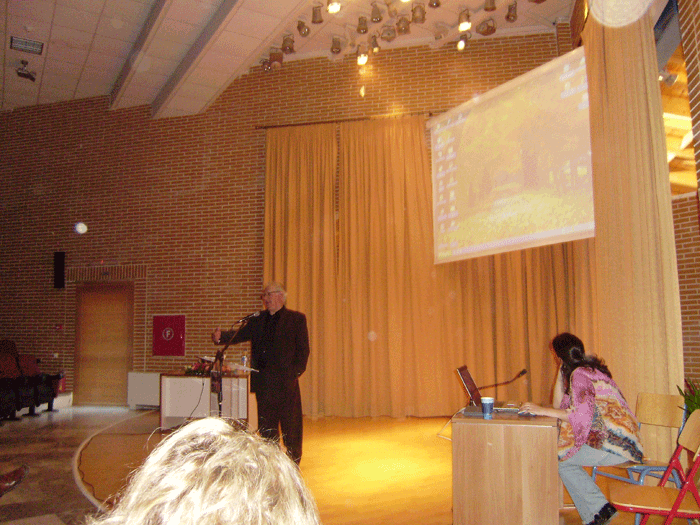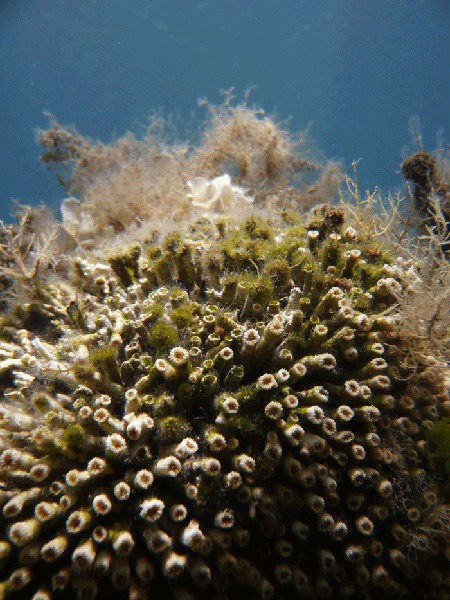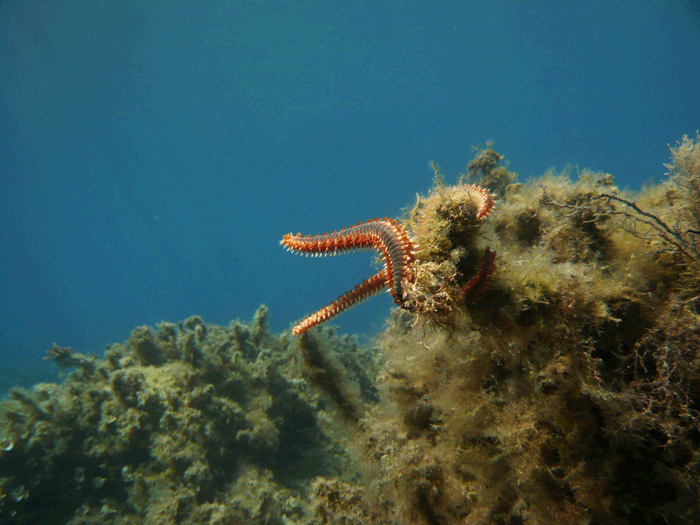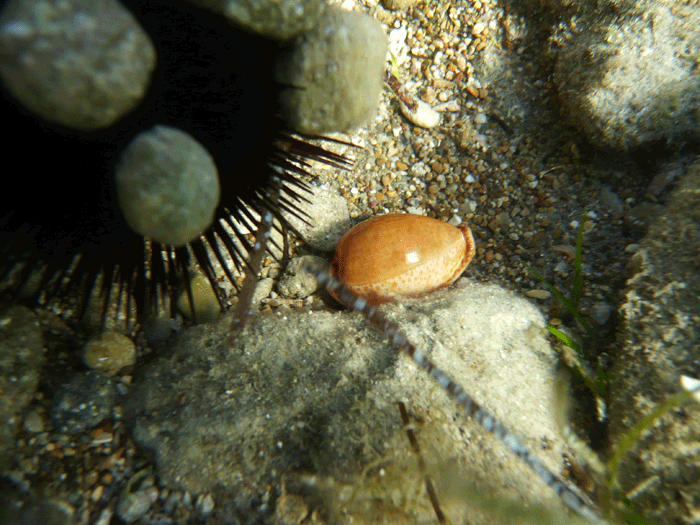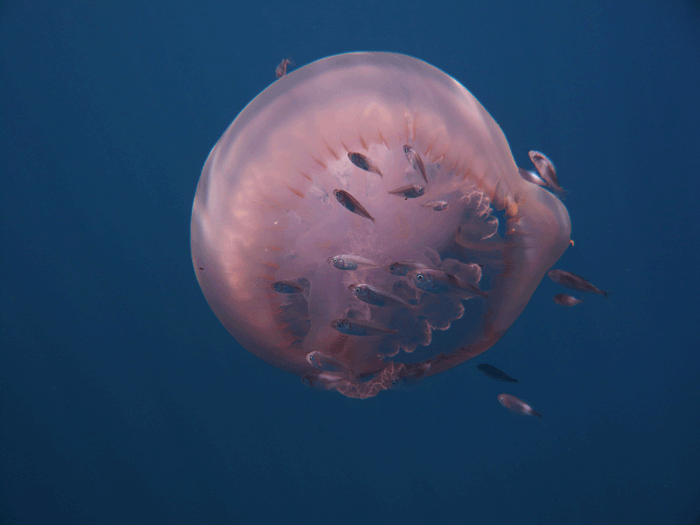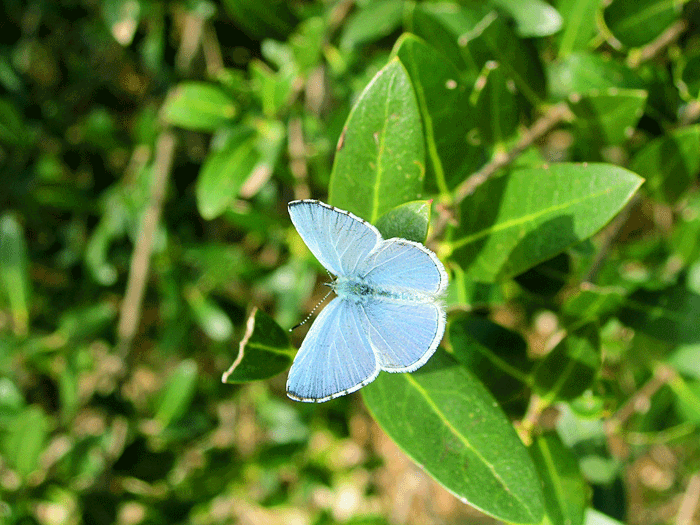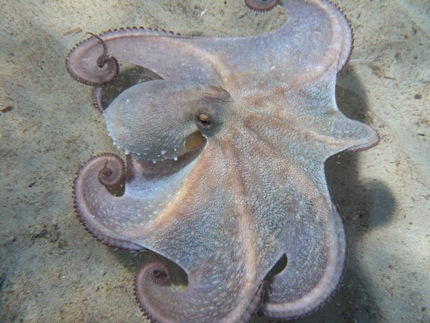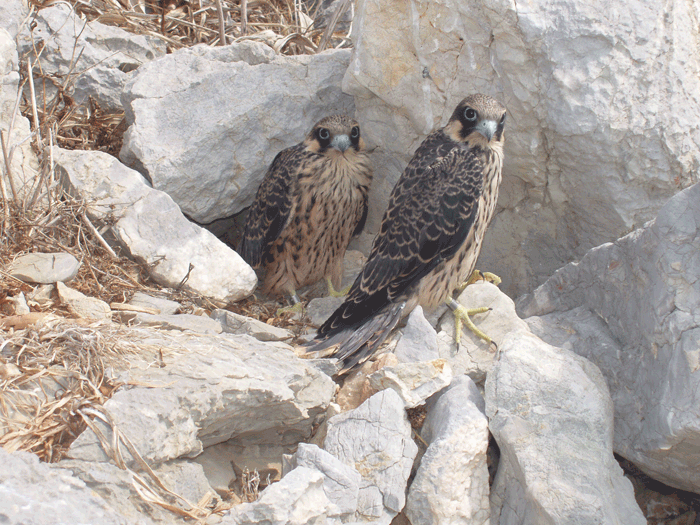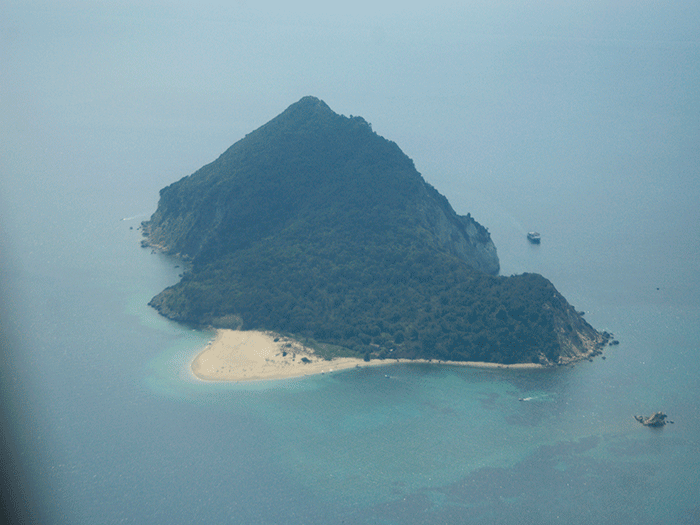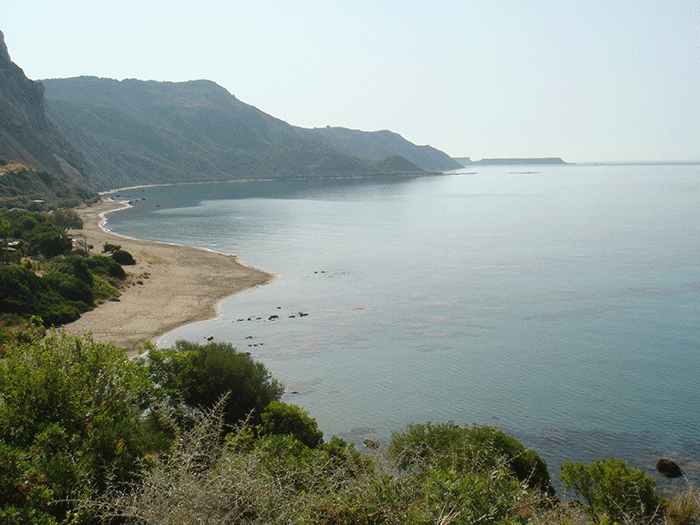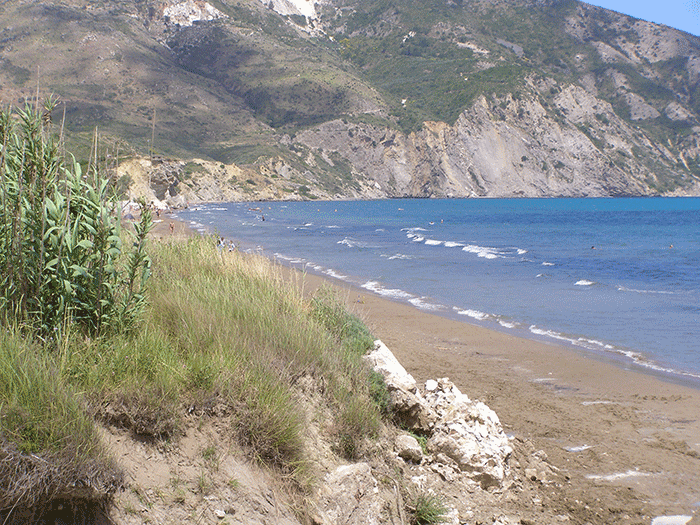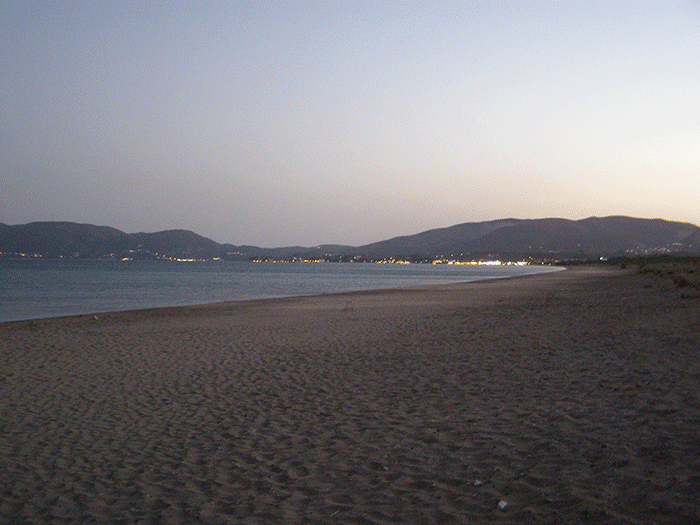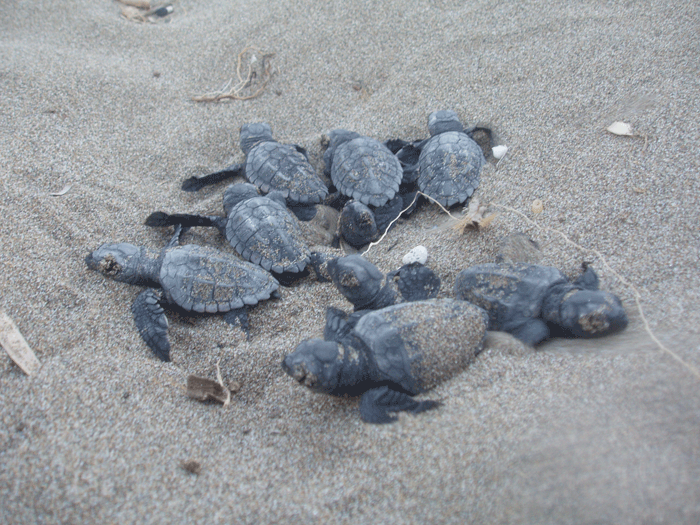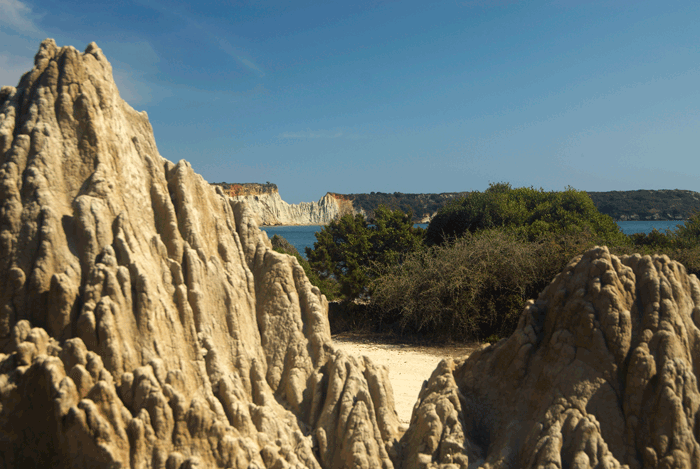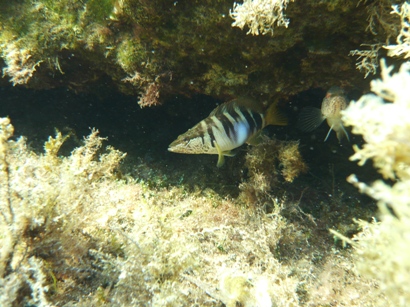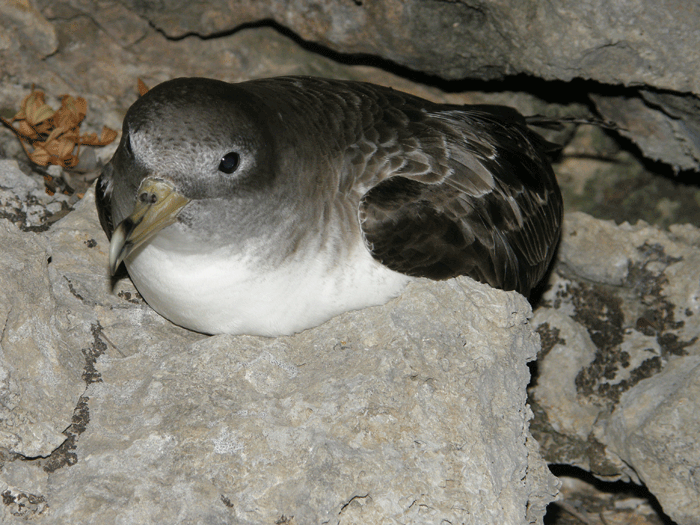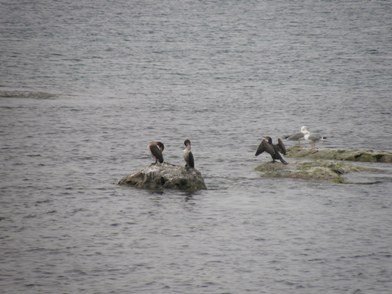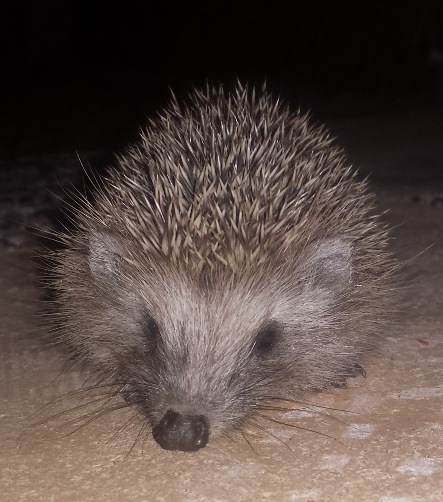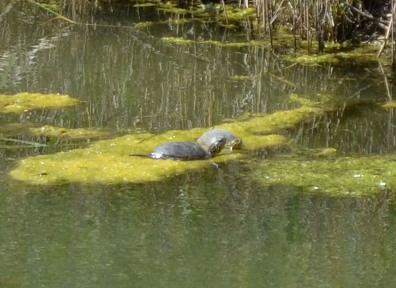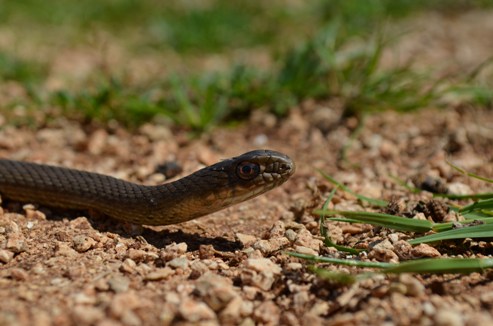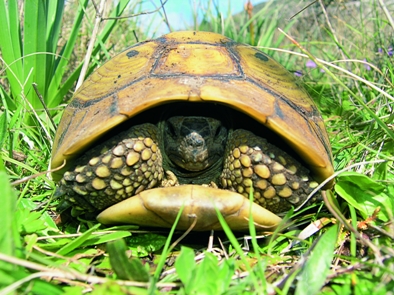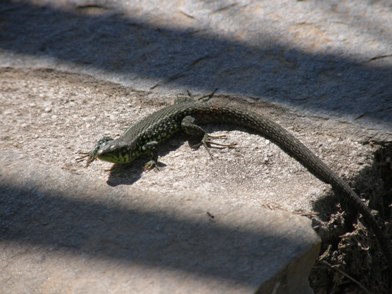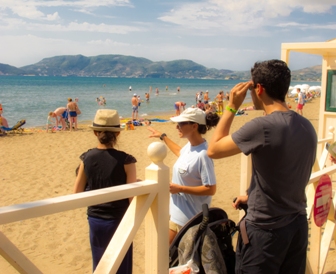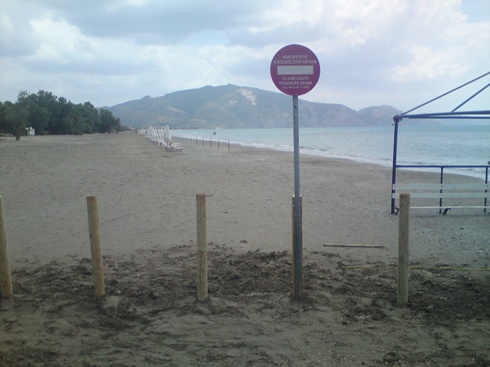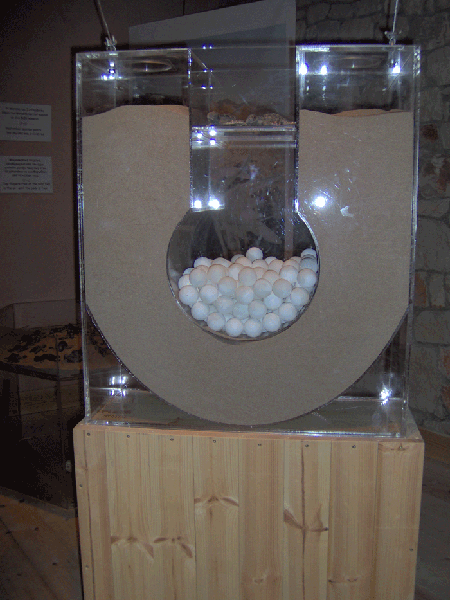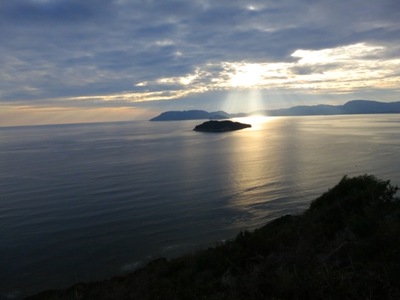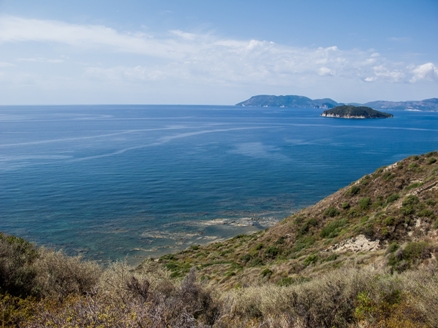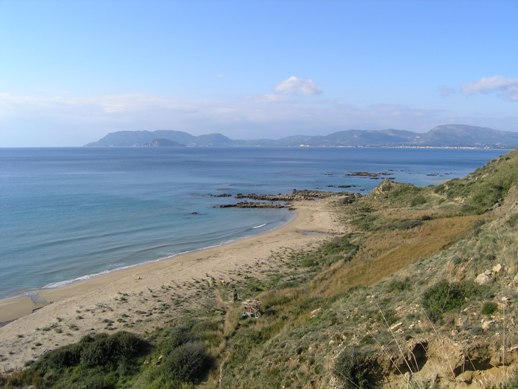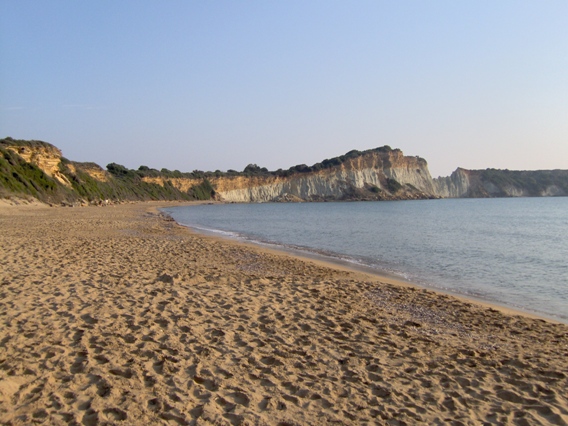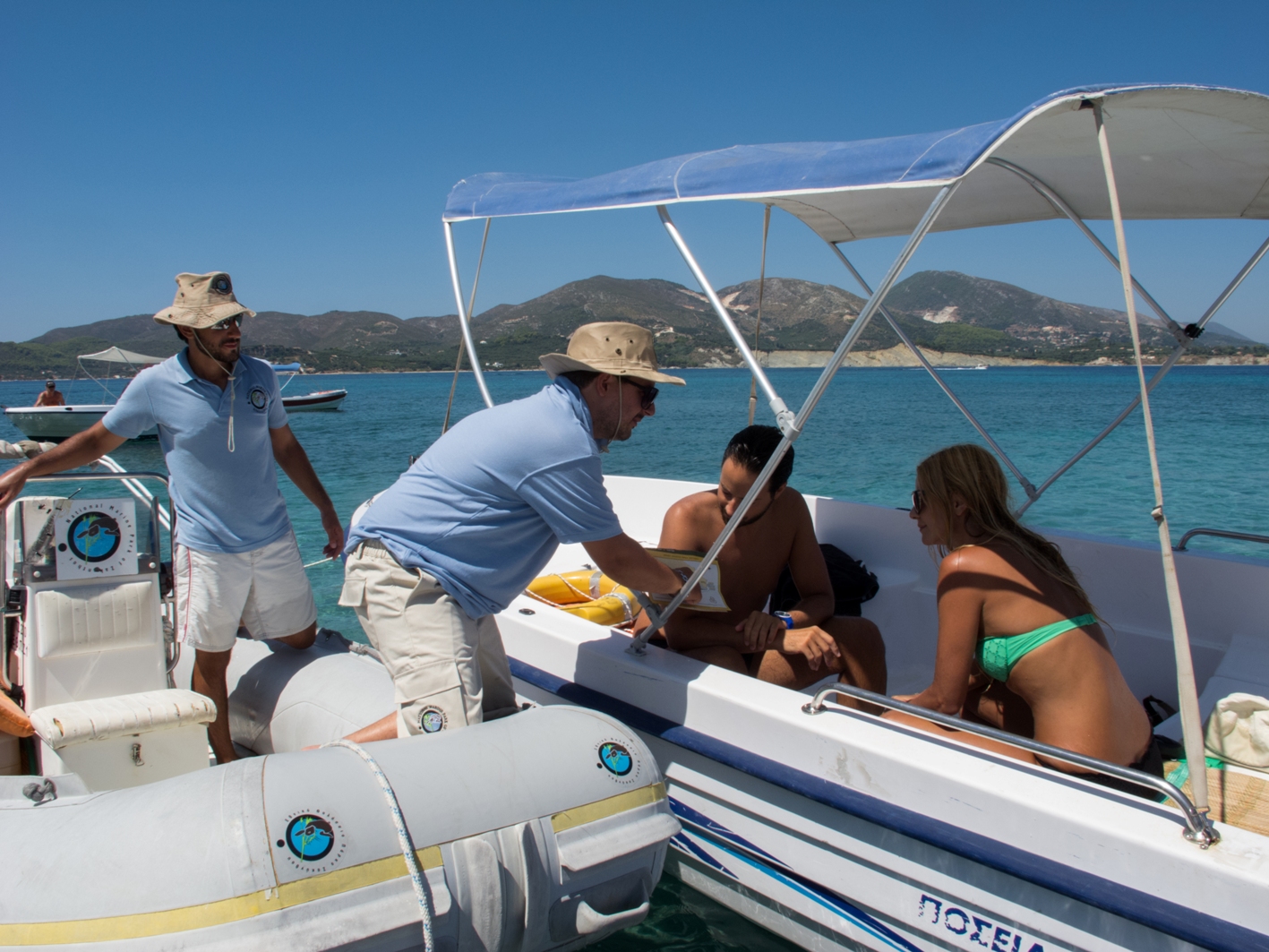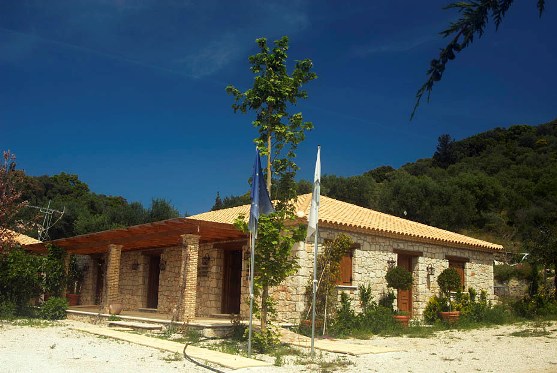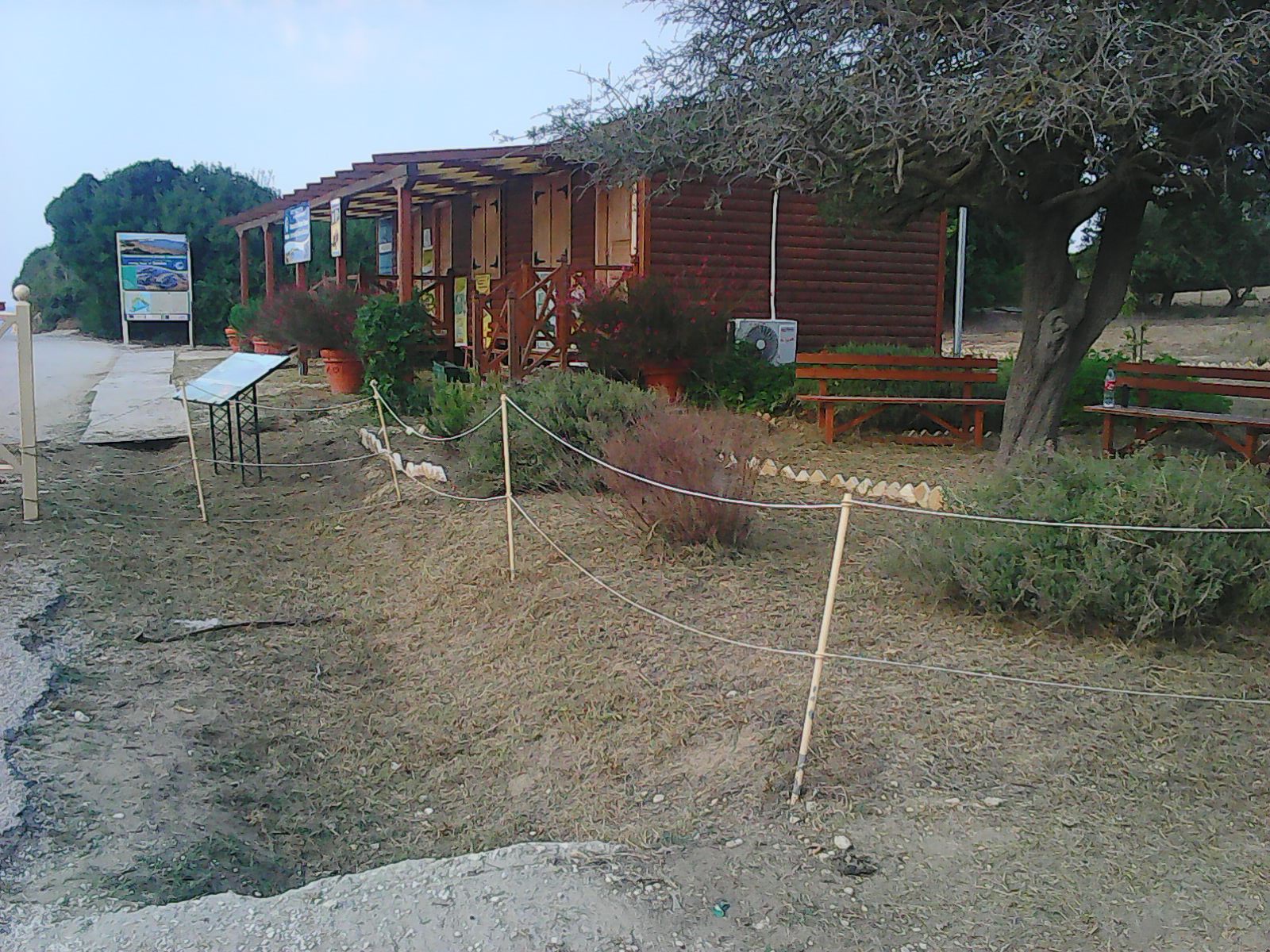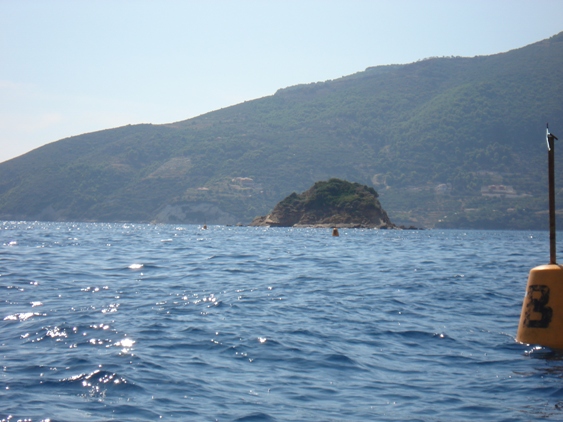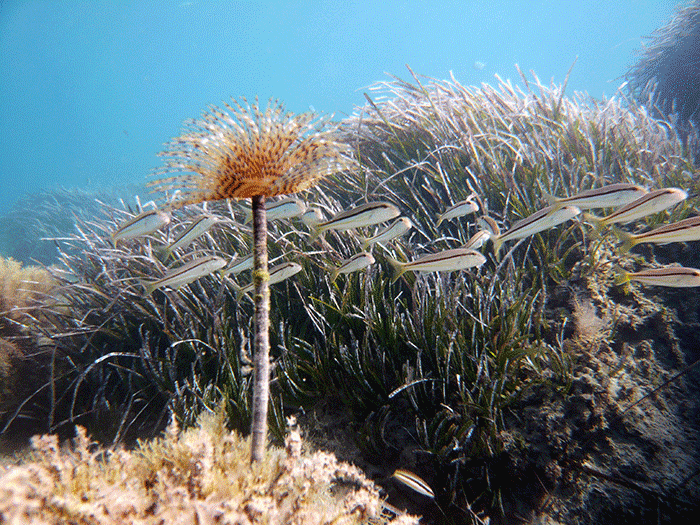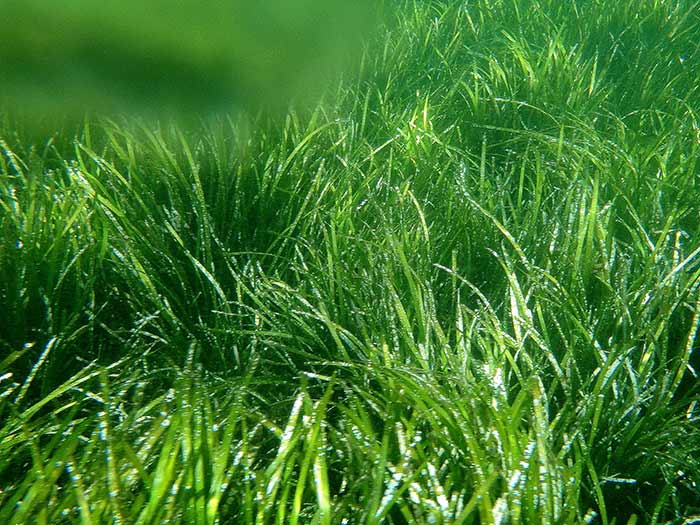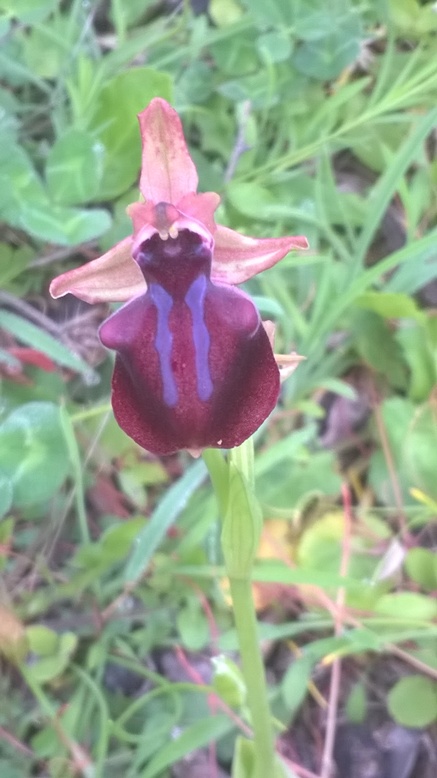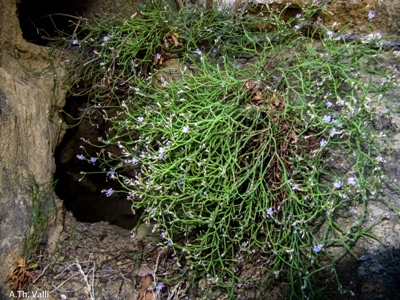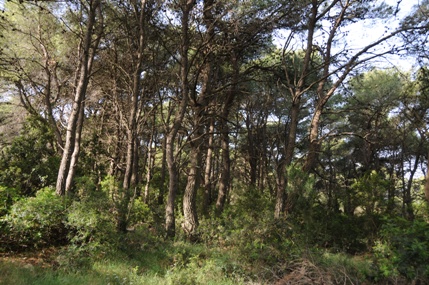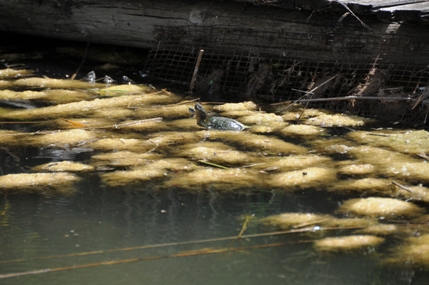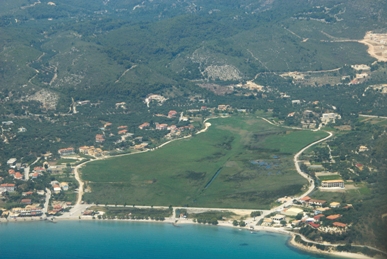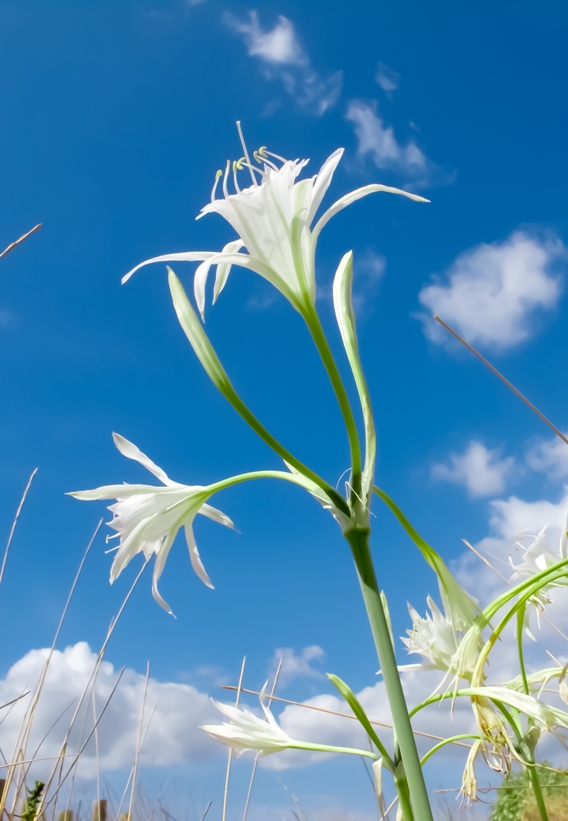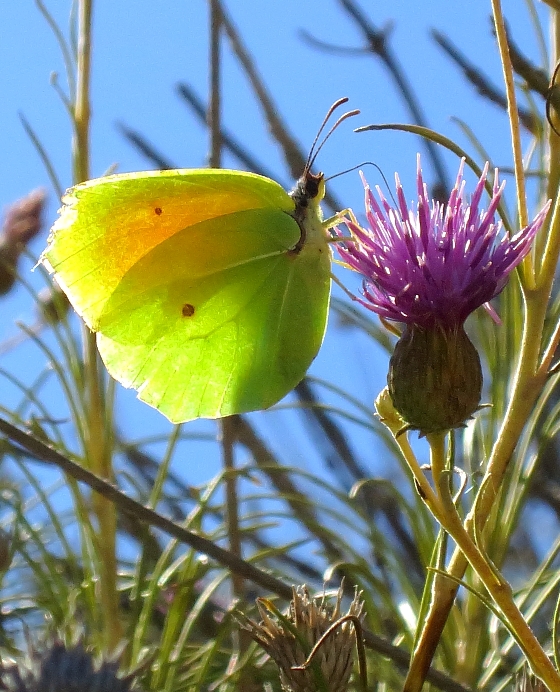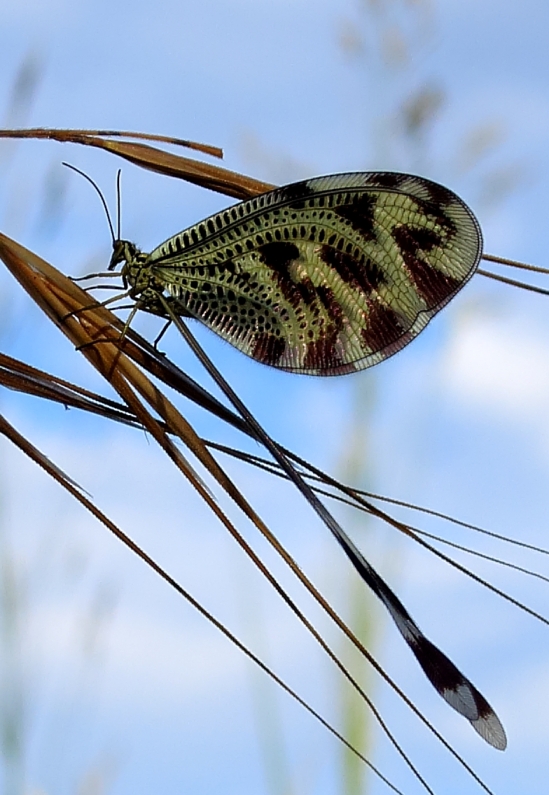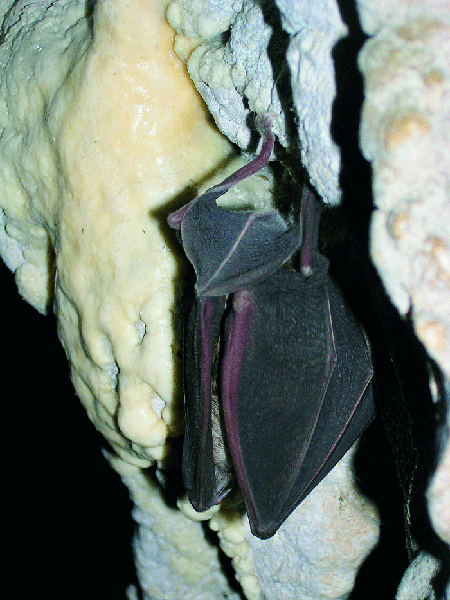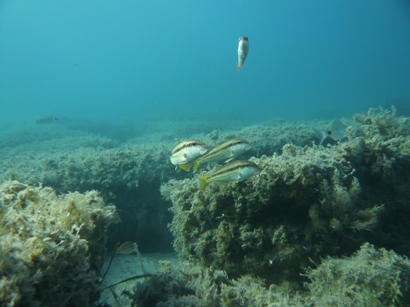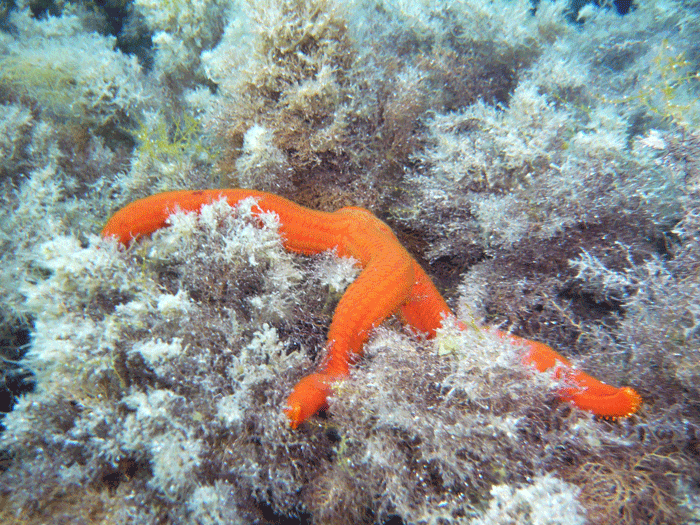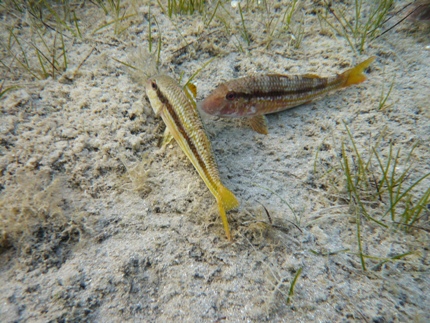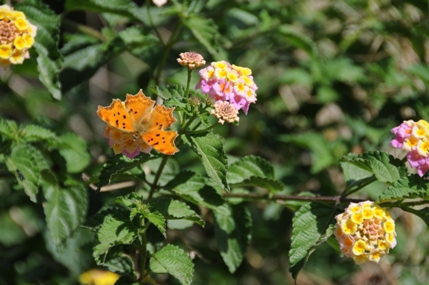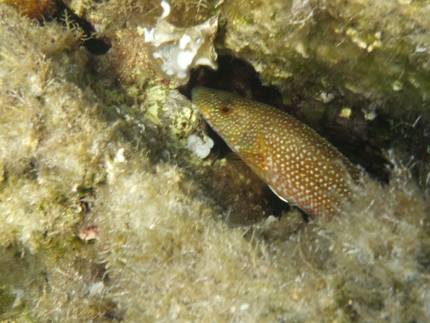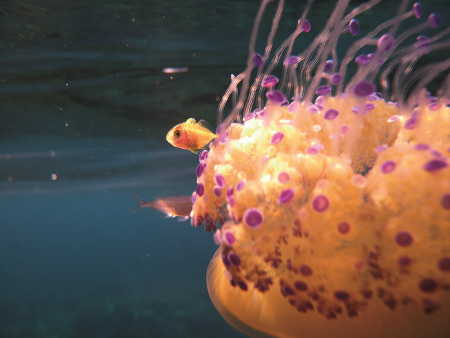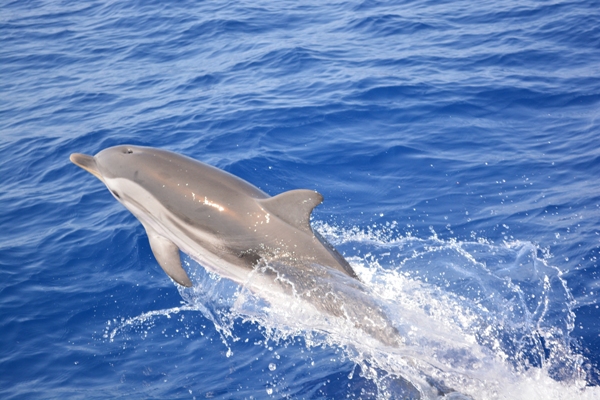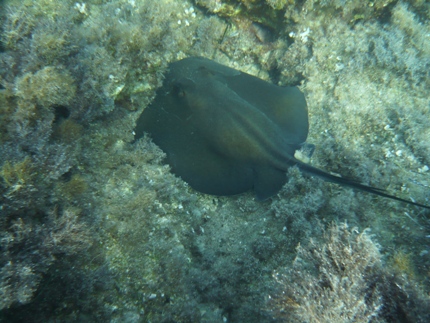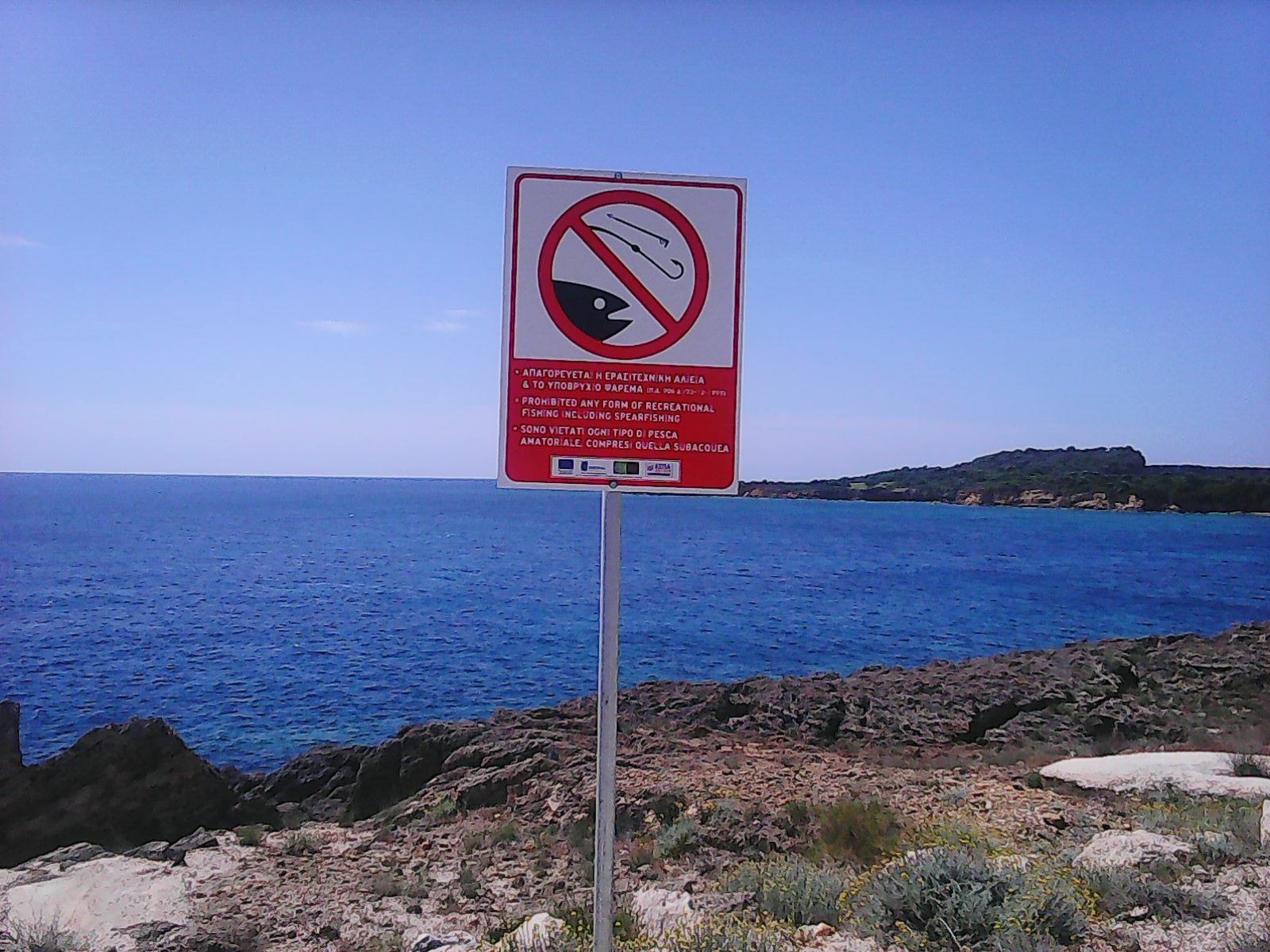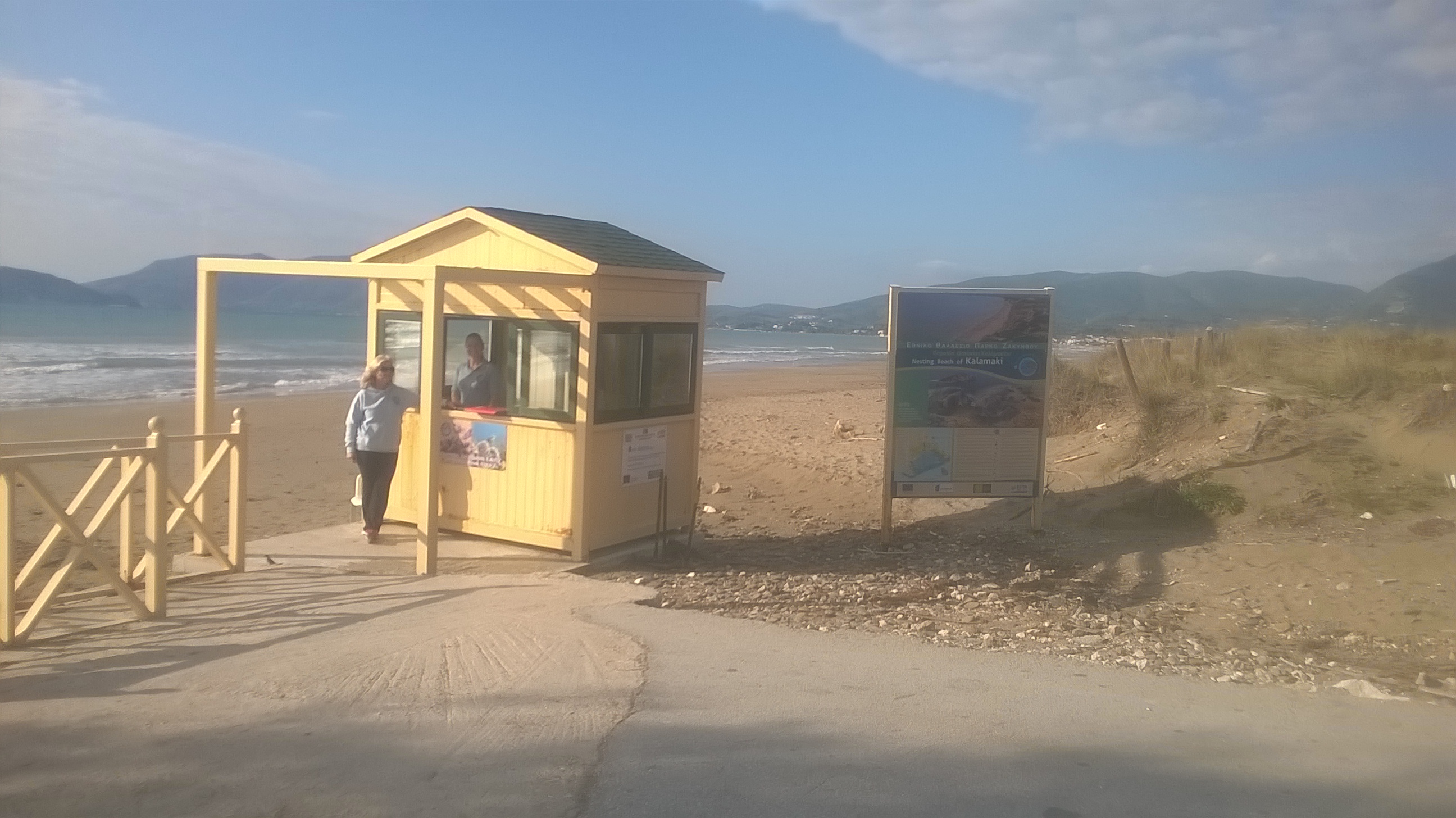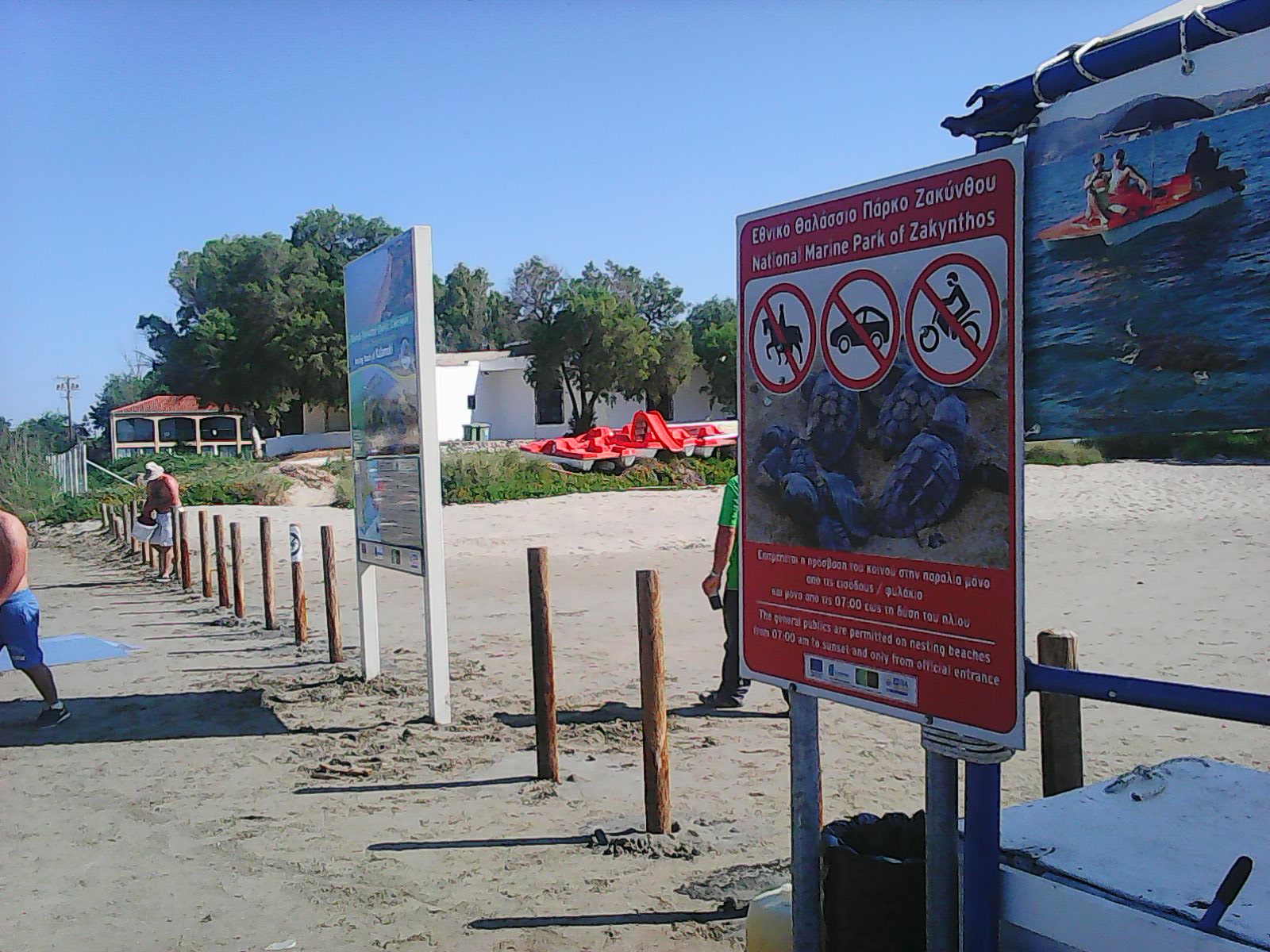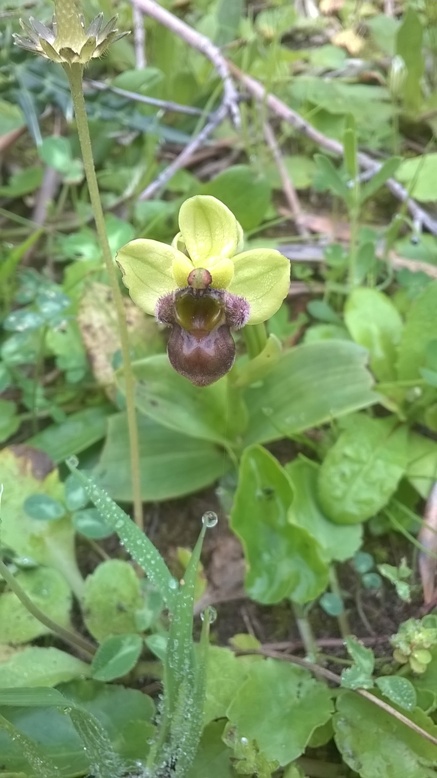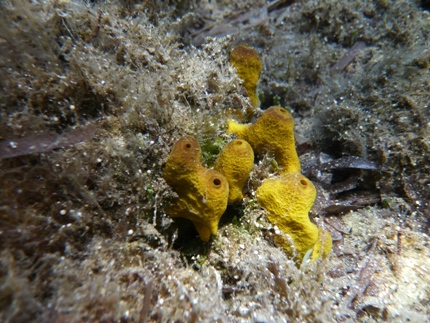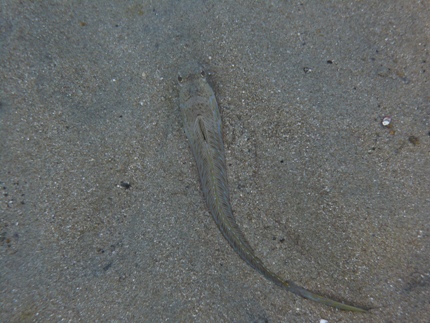Citizen Science initiative
Coralligenous habitats are very popular among divers due to their high aesthetic value, increased complexity and conspicuous biological wealth. However, scientific data on their distribution, structure and conservation status of these habitats are still scarce for several areas in the Mediterranean Sea. Over the last decade, inventorying and monitoring of marine biodiversity has significantly benefited from the active engagement of volunteer observers. In this framework, a multilingual web-page was developed, comprising a user friendly and ready to download observation protocol for underwater use, an on-line data submission form and an educational platform with additional information on coralligenous habitats. This Citizen Science initiative is primarily focused on dedicated and enthousiast divers.
CIGESMED Citizen Science in the N.M.P.Z.
Testing of the CIGESMED for divers protocol and the associated guidance material was conducted through the involvement of volunteer divers during field trials at selected study sites of CIGESMED within the N.M.P.Z. In order to test the reliability of the protocol and identify possible correction factors for the obtained datasets, the validity of the answers provided by divers was assessed in comparison to those provided by scientists for the same sites. The results showed that the abundances of only few species (e.g. small-sized ones with a patchy/scarce distribution in the study site) were underestimated. Some pressures also appeared difficult to identify and quantify. Future efforts will focus in the training of less experienced enthusiast divers in order to maximize the number of participants, and in the enhancement of communication between citizen scientists and professional researchers. This will help maintain sufficient long-term data flow.
By participating in the CIGESMED for divers – Citizen Science for CIGESMED project you contribute to the exploration and the conservation of the coralligenous habitats and the marine environment, while at the same you can increase your knowledge about the marine biodiversity. For those who are interested go to the www.cs.cigesmed.eu to become an active member of the CIGESMED Project.
-
Site exploration for coralligenous communities
-
Characterization and mapping of the selected sites
-
Identification of species recorded in the study sites Implementation of easy methods for biodiversity and good health assessment
Underwater Research station in the N.M.P.Z.
A research station was established in the studied locations of CIGESMED project within the N.M.P.Z for the long-term monitoring of:
-
Coralligenous communities structure
-
Environmental conditions (e.g. temperature profiles from data loggers at different depths)
-
Recording and evaluation of threats (including invasive species)
Data from the research station will contribute to the effective management and conservation of coralligenous habitat in the protected area of the N.M.P.Z.

